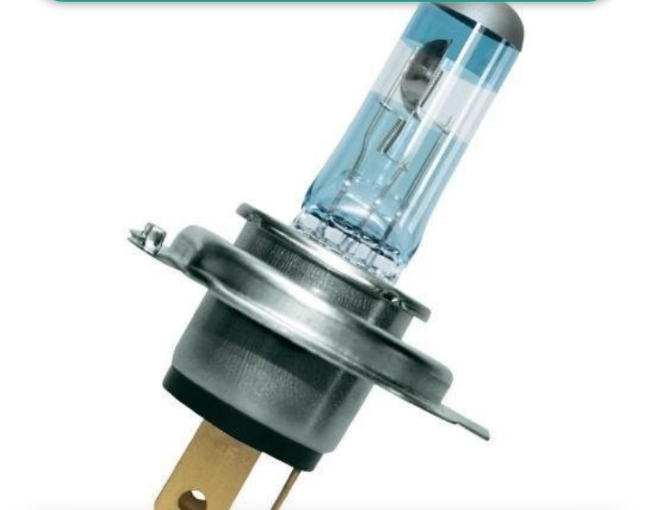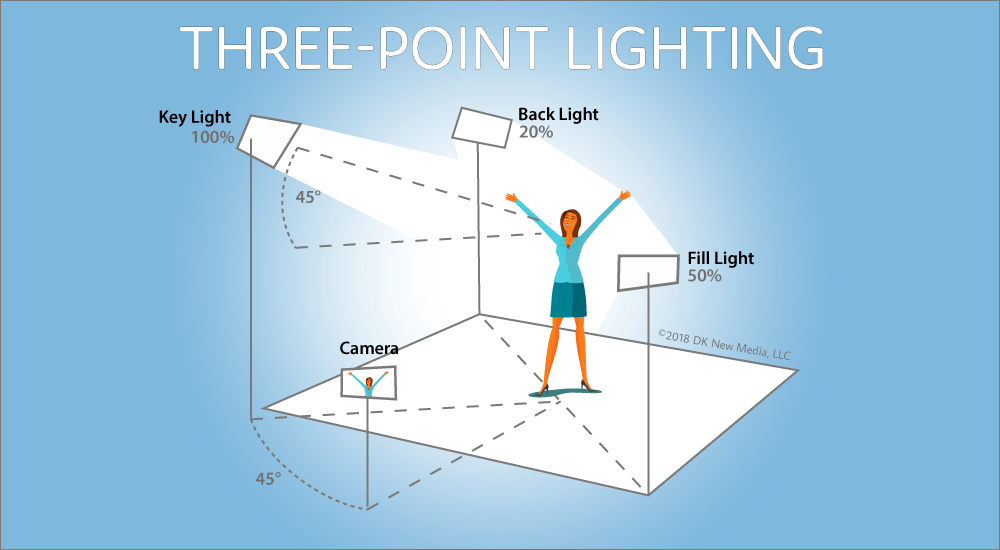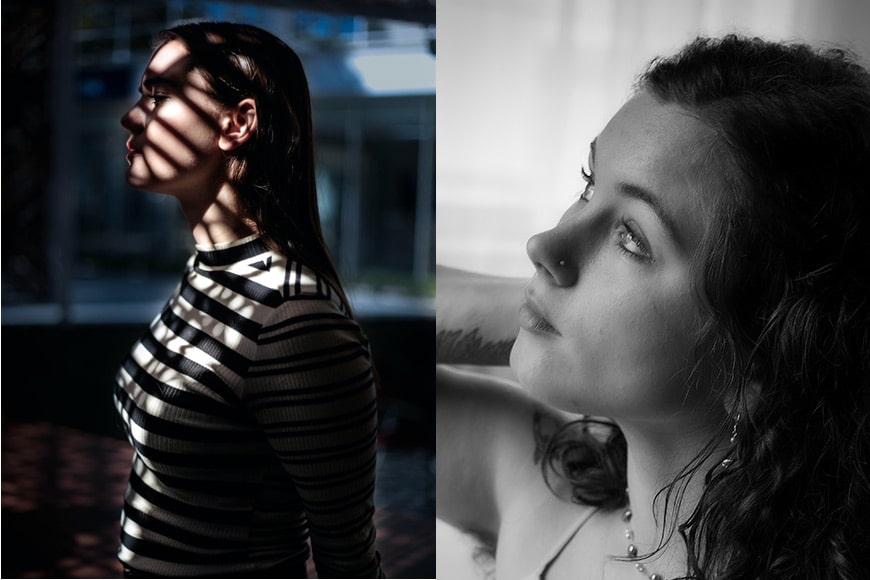Light modifiers are powerful accessories used to shape, control and improve the lighting in film making or in photography. To transform light into art, tell a better story, maximize a lighting fixture as well as create more cinematic and professional looking pictures, it’s important to learn about light modifiers. With the advancement of lighting fixtures, understanding light modifiers can be overwhelming because there are many options available. There are two main categories of light modifiers i.e. diffusers or reflectors. A diffuser will spread beams out over your subject/object and a reflector is used to redirect beams. Some are even used to limit the amount of light to a particular area with or without specific patterns. This post carefully provides a complete guide to lighting modifiers; what they are and how best to use them to achieve maximum result while lighting.

There are many light modifiers available to use in achieving practical and creative results while lighting. Some of which includes the following:
1. Softbox
Softbox modifiers alter the diffusion and softness of the light, depending on their size and shape. A softbox in its simplest terms is a box with a diffusion panel of fabric at the front to soften and spread the light. The larger the softbox, the softer and more shadowless that light becomes. Some of the different types of softbox are parabolic, lantern, umbrella, rectangular and octagon softbox. To learn more about softbox, visit the linked article.

2. Standard Reflector
A reflector is a metal reflector with a silver coating on the inside. It comes in the shape of a bowl, open at both ends and it comes along with most strobe and even continuous Led COB lights. Usually, one end of the standard reflector is connected to the light source and the other end remains open. Lights emitted by the standard reflector is hard light. It helps to avoid the spillage of light to the sides.

3. Beauty Dish
A beauty dish looks slightly different from the standard reflector. The beauty dish usually have a deflector in the center along with the white reflecting side in the interior, which is like a normal reflector. This structure will ensure that no direct light falls on the subject.

4. Collapsible Diffusers and Reflectors
They are light modifiers that diffuse and reflect light. They are used to manipulate light by providing an additional surface for the light to bounce off. A collapsible diffuser/ reflector does not create light, it simply cuts down or redirects the existing light from a source. You can either go for a single collapsible reflector/ diffuser or a 5-in-1 pack containing reflectors and diffusers. The 5-in-1 pack is made up of a diffuser, silver reflector, white reflector, gold reflector, and a black light blocker.

There are other types and shapes that diffusers come in depending on the size of light it is used to diffuse and the desired effect. They can be muslin or silk materials, softbox, translucent panels, umbrella , filters, etc. They all control the brightness of light sources and give off a soft light.

5. Flag and Floppy
A flag is a lighting modifier used mainly to block or shape the direction of a light source. A floppy on the other hand is a flag with a folding flap of soft material that provides additional coverage. Flags and floppies can also be used to provide negative fill even or protect the lens from a flare. A standard flag is rectangular, thick and made of black, opaque material stretched over a metal frame.

6. Color gel or color filter
It is a reusable sheets of translucent plastic used to change or filter the color of light, adjust contrast and control shadows. It is the use of these gels that helps to create certain moods and looks to productions, whether that be low key drama or high key corporate video. There are several categories of gel sheets, including color effect, color correction, diffusion, reflection, LED, and scrim. With the introduction of RGB LED lights, color gel is gradually going into extinction as most of them have almost all he colors inbuilt.

7. Grid / Crate
A grid is an attachment that can be placed over a light source with series of small cells that help to narrow the beam of light. It is used to point light in a specific direction with soft edges . The most popular grid structure is the honeycomb grid which is used to make light fall on the subject without getting spilled in the background. Sometimes, grids come as an additional layer when buying a softbox. Other types of grid include the Snap open type grid, Stretch frames, Egg crates.
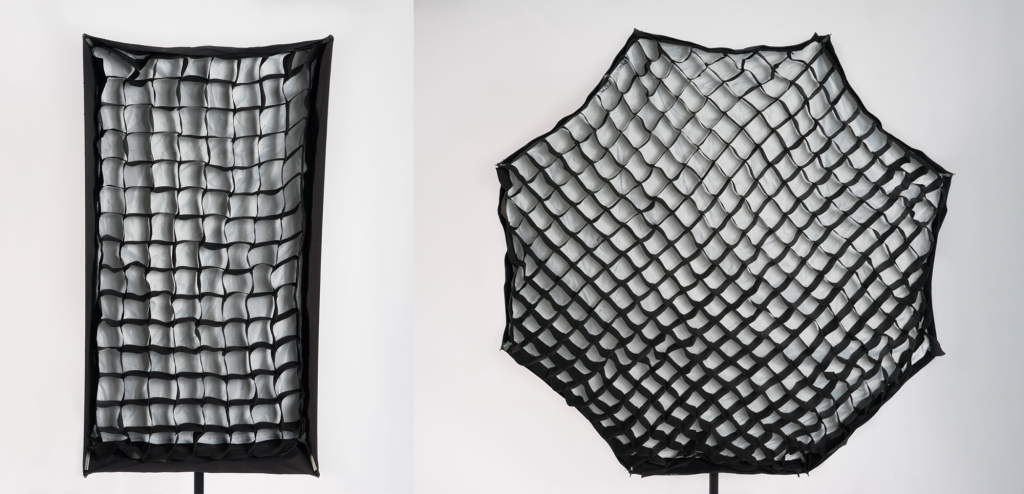
8. Barn Door
A barn door is another type of light modifier. It usually comes with four blades/doors that can be connected in front of a light source to help shape the light output. You can adjust the 4-doors to get the desired shape of light. However, you will get a harsh light when using the barn door directly without any diffuser. A barn door helps avoid spillage of light in all directions but it makes the light more intense and produce stronger shadows.

9. Gobo
A gobo (sometimes called a cookie) is an object that you slide in front of your light to produce a shaped shadow in your scene. Gobo is usually a small stencilled circular disc and is short for “Go Between Optics”, describing the location where it is positioned in a lighting fixture.
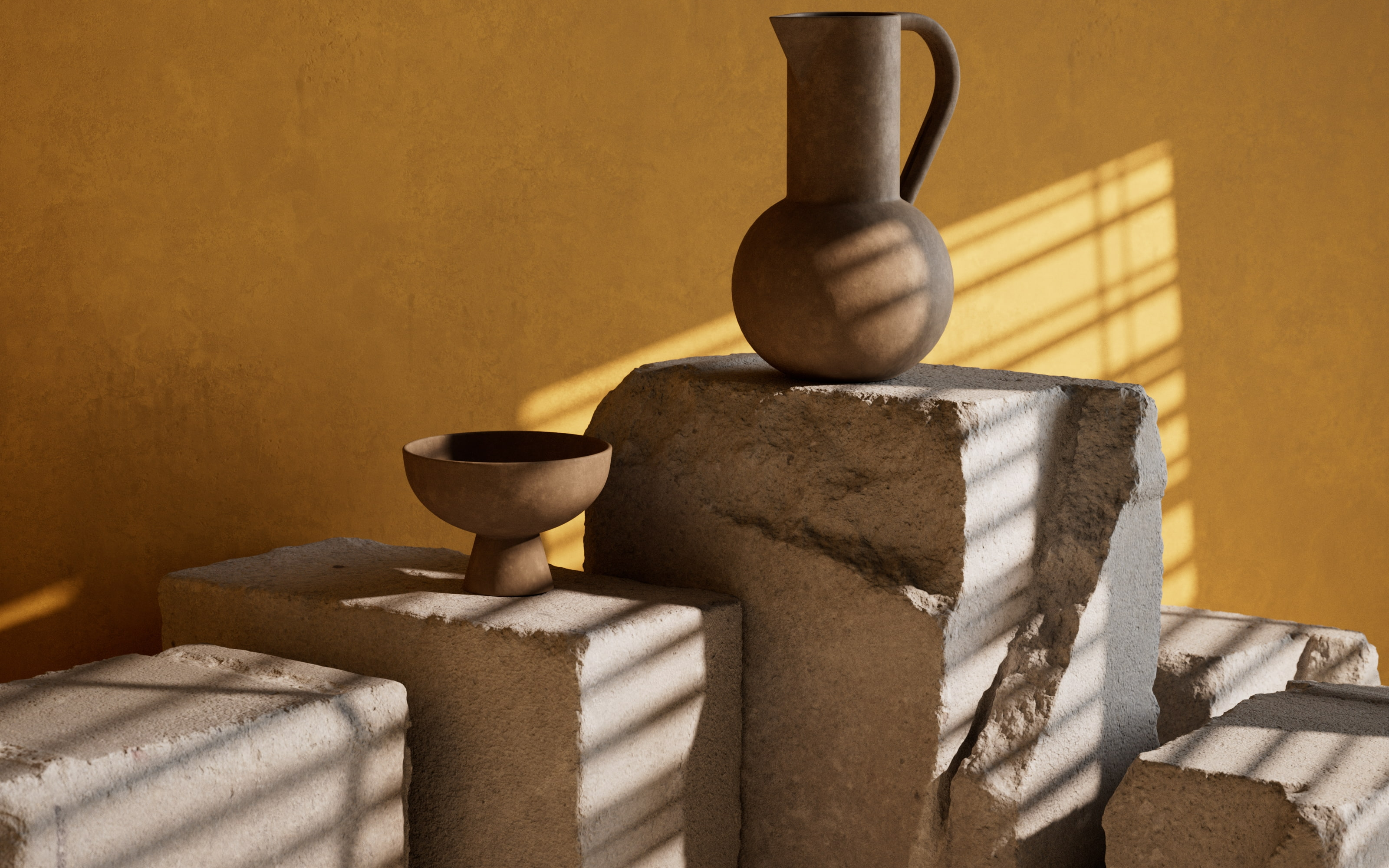
We have learned about some various light modifiers in film. Now you know various tools and ways to control and manipulate lights for better cinematic results while filming. With light modifiers, creative possibilities are endless. You can experiment with some of these light modifiers to discover these possibilities yourself!

